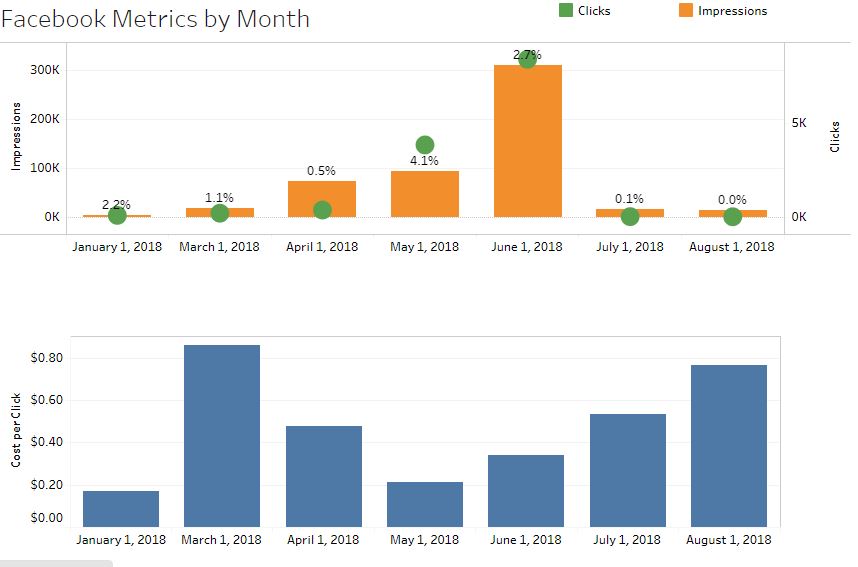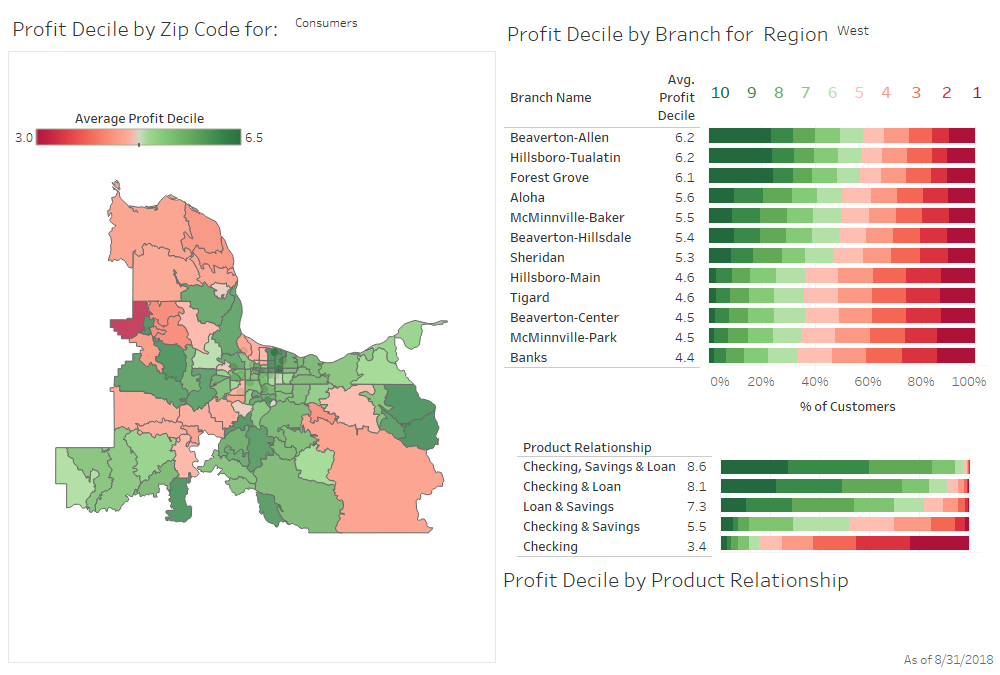Scanning the headlines of the advertising and marketing trade press, it’s obvious that the marketing services industry is adept at keeping up with and pushing new trends in media, channel integration, and new marketing technologies. From conversations we have with many of our clients and agency partners it seems that many agencies struggle with what could be the industry’s most important challenge for the future; the need to understand and grapple with the mountains of data our clients want to use to achieve their business goals. Many agencies have put their toe in the water with data analysis and management — but is it enough?
Compounding this challenge is the continuing explosion of tech providers to fill in every white space in the marketing landscape. Each of these players is helping to drive the overwhelming amount of ‘Big Data’ that’s washing over the marketing landscape. Many of these tools are intended to allow us to optimize marketing spends and let individuals see unique messaging across a brand’s owned, earned and paid channels – but they end up creating even more silos of confusing data.
 Today, working with client data as well as third party consumer information are essential skills for any agency seeking to build a successful brand. By offering effective data analytics and customer insights, agencies who can no longer keep their clients based on their creative ideas alone are able to productively drive business outcomes and effect corporate direction – making their agency / client relationships more valuable.
Today, working with client data as well as third party consumer information are essential skills for any agency seeking to build a successful brand. By offering effective data analytics and customer insights, agencies who can no longer keep their clients based on their creative ideas alone are able to productively drive business outcomes and effect corporate direction – making their agency / client relationships more valuable.
Client expectations are increasing every day, and keeping up with the demands of real time, data-driven marketing that resonates with their audiences and drives results requires a re-think about data and analytics. Once considered a luxury add on to basic agency services, these analytics and insights have become a necessary component in a brand’s overall marketing plans, most importantly in customer acquisition and growth strategies.
As a result, tech and data-focused agencies are increasingly in high demand. In a survey conducted by eMarketer, 75% of senior marketers surveyed said an agency with marketing data and analytics capabilities would be a deciding factor in agency selection.
Agencies now understand that in addition to their existing capabilities, data and analytic capabilities must be part of their solution. Today, clients expect their agency’s to leverage data successfully to advance the success of their brands. Once more agencies have successfully integrated stronger data and analytics skills they will be better equipped to be the marketing partner brands want and need.
Whether you build, or partner–flexing your data muscles will make your agency/client relationship stronger and more strategic.
So, what’s your data solution?
Partner with a data analytics firm that has depth at data science, best-in-class data tools, and the data governance and environment to integrate, manage, analyze, enrich, and ultimately construct actionable outcomes for your data – effectively building the strongest and most successful brand strategies.
Act now.








 Modeling and Prediction – Once you understand your customers, have made some wins with targeted cross-sell, and have your dashboards set up, it’s time to move on to predictive modeling. Predictive models combine many variables related to demographics and behavior into one simple score that can be used to guide your marketing efforts. They use advanced statistical techniques to identify those who are most likely to become a customer, buy a particular product, or close an account. Once you have this information in hand, you can act on it to improve acquisition and retention, while deepening customer relationships.
Modeling and Prediction – Once you understand your customers, have made some wins with targeted cross-sell, and have your dashboards set up, it’s time to move on to predictive modeling. Predictive models combine many variables related to demographics and behavior into one simple score that can be used to guide your marketing efforts. They use advanced statistical techniques to identify those who are most likely to become a customer, buy a particular product, or close an account. Once you have this information in hand, you can act on it to improve acquisition and retention, while deepening customer relationships.




 Help customers let you know their communications preferences by making it easy on your privacy pages and in every reply form
Help customers let you know their communications preferences by making it easy on your privacy pages and in every reply form


 Today, working with client data as well as third party consumer information are essential skills for any agency seeking to build a successful brand. By offering effective data analytics and customer insights, agencies who can no longer keep their clients based on their creative ideas alone are able to productively drive business outcomes and effect corporate direction – making their agency / client relationships more valuable.
Today, working with client data as well as third party consumer information are essential skills for any agency seeking to build a successful brand. By offering effective data analytics and customer insights, agencies who can no longer keep their clients based on their creative ideas alone are able to productively drive business outcomes and effect corporate direction – making their agency / client relationships more valuable.